Beneath the emerald canopy of rainforests and the azure waves of vibrant oceans, the animal kingdom dazzles with its own gallery of colour. From the smallest tree frog to flamboyant ocean dwellers, nature displays breathtaking artistry. But why do some animals go bold with such spectacular shades? Their colours serve many purposes: attracting mates, warning predators, or blending into riotous backgrounds. Join us on a colourful journey to discover the most exotic, fascinating animals on Earth, where rainbows truly come to life.
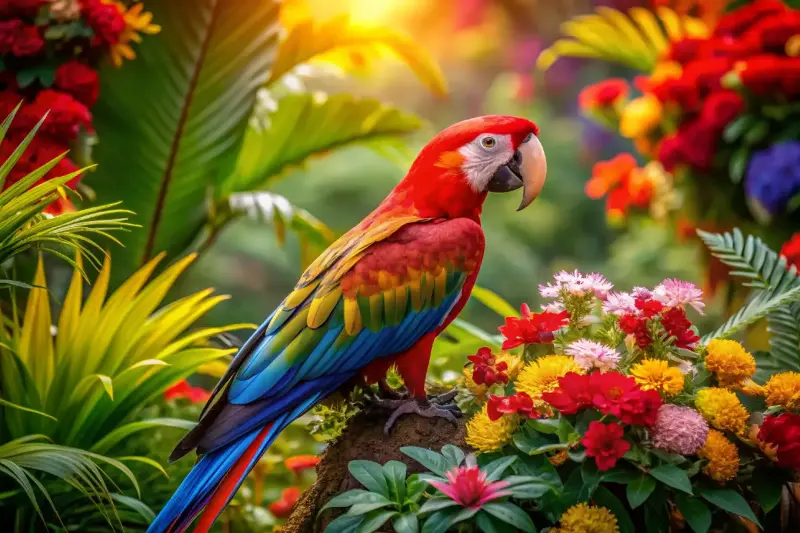
Jewelled Treasures Of The Rainforest
The rainforests of South America and Southeast Asia are rich canvases alive with radiant life. Here, colour is not just an adornment—it’s a language, a shield, even a cloak of invisibility. The poison dart frog, for instance, stuns with its electric blues, fiery oranges and bright yellows. These tiny amphibians wear their lively colours as a warning: their skin contains potent toxins that can deter or even kill predators. Despite their name, only some species are toxic, but all are truly striking to behold.
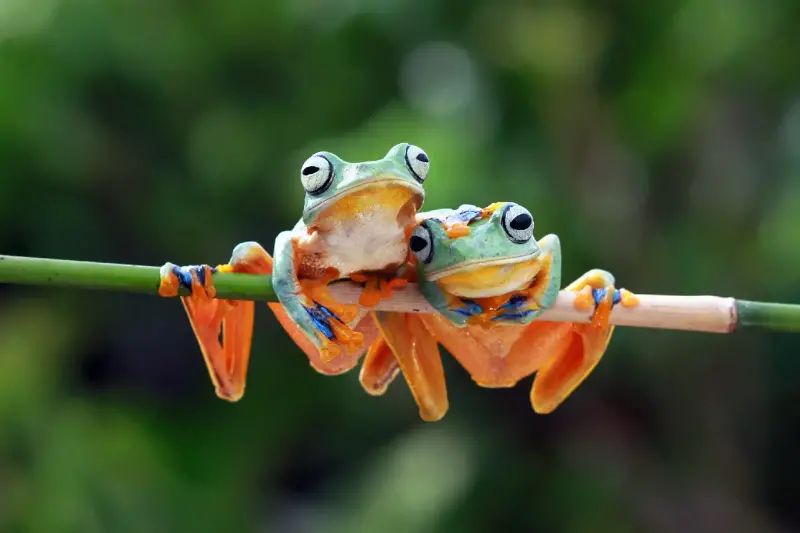
Another rainforest showstopper is the resplendent quetzal of Central America, whose iridescent greens and reds have dazzled locals for centuries. Revered by the ancient Maya and Aztec civilisations, the quetzal’s feathers were once as precious as gold. With its flowing tail feathers and shimmering hues, this elusive bird remains a symbol of freedom and beauty.
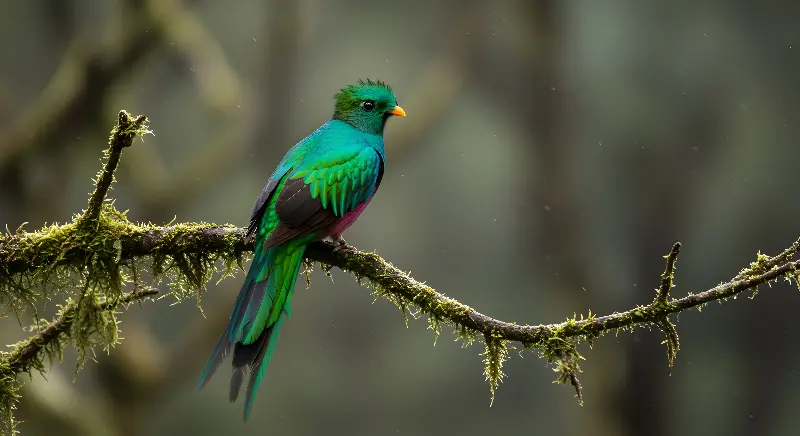
Creeping through the foliage below are the panther chameleons of Madagascar. Perhaps no other creature can change its colours with such creativity. Contrary to popular myth, chameleons do not shift their colours to match any background. Instead, their vibrant displays—from turquoise and sunflower to amethyst and emerald—communicate mood, attract mates, or intimidate rivals. Watching a panther chameleon transform is nothing short of magical.
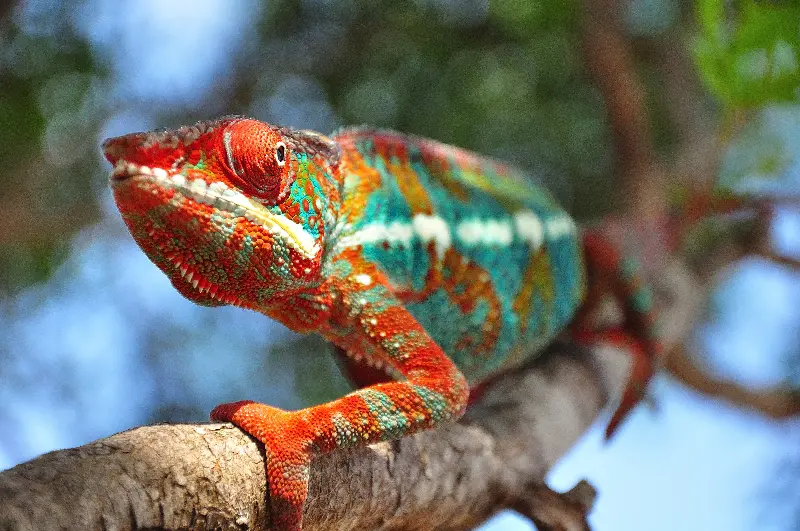
A Symphony Of Wings: Butterflies And Birds
Take a gentle walk through Amazonian paths or Southeast Asian jungles, and soon a flutter of colour catches your eye. Butterflies, the masters of iridescence, boast some of the world’s most intense pigments. The blue morpho butterfly, for example, is famed for its enormous wings gleaming an almost unreal cobalt blue. These scales don’t contain blue pigment; rather, the colour is created by microscopic structures bending and refracting light—a marvel of natural engineering.
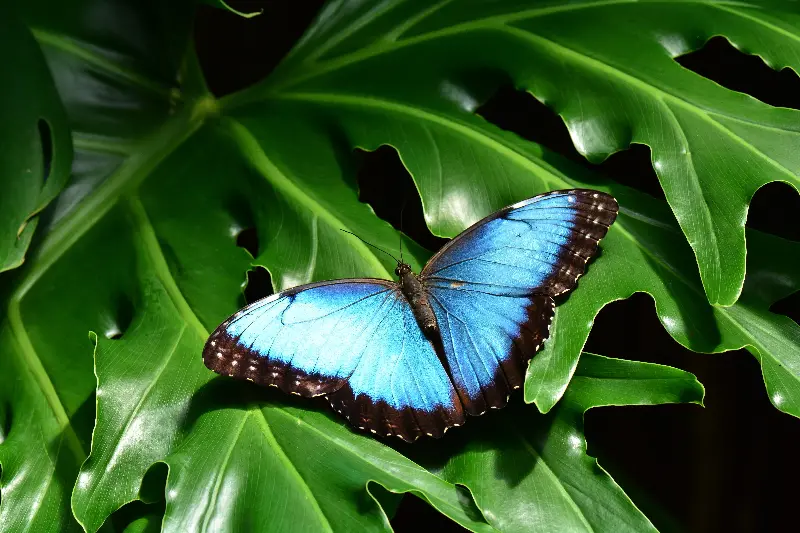
Birds of paradise in Papua New Guinea elevate the art of dramatic display. Their plumes twist and shimmer in the rainforest gloom, with colours spanning all shades of the spectrum. Males use their decorative feathers in elaborate courtship dances, attracting females who judge each performance with a discerning eye. The greater bird of paradise, with its sunshine-yellow and chestnut tones, and the Wilson’s bird of paradise, with a neon-blue skin crown and citron wings, are true avian gems.
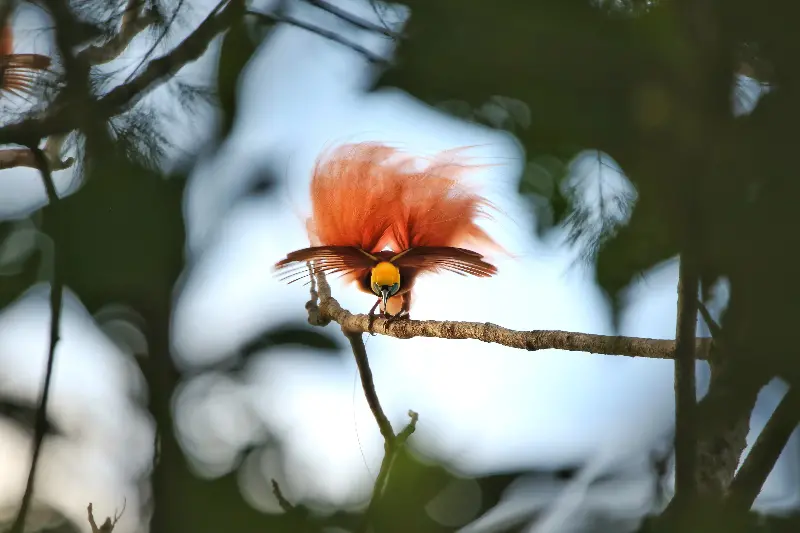
Underwater Rainbows: Coral Reef Wonders
Beneath the warm, shallow waters of the tropics lies another world ablaze with colour. Coral reefs, often called the rainforests of the sea, are home to a kaleidoscope of marine life. The mandarinfish of the Pacific stands out for its psychedelic pattern of bright orange, blue and green, making it look like a living opal. Unlike many fish that rely on camouflage, mandarinfish flaunt their colours boldly—possibly defending against predators by signalling their unpleasant taste.
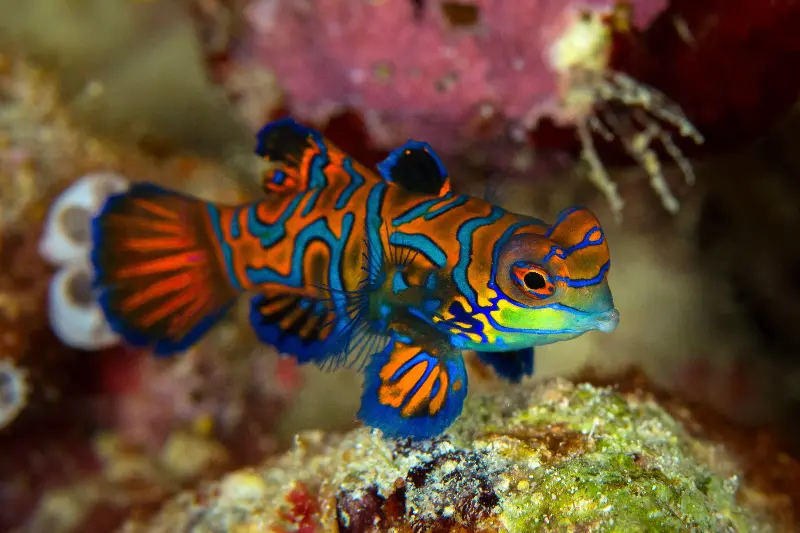
Another underwater marvel is the flamboyant cuttlefish, a cephalopod found around the Indo-Pacific. These creatures can shift their entire skin from lemon yellow to magenta in the blink of an eye. This colour-changing not only aids in camouflage but also helps communicate intentions to neighbours and rivals, making the flamboyant cuttlefish both master of disguise and conversation.
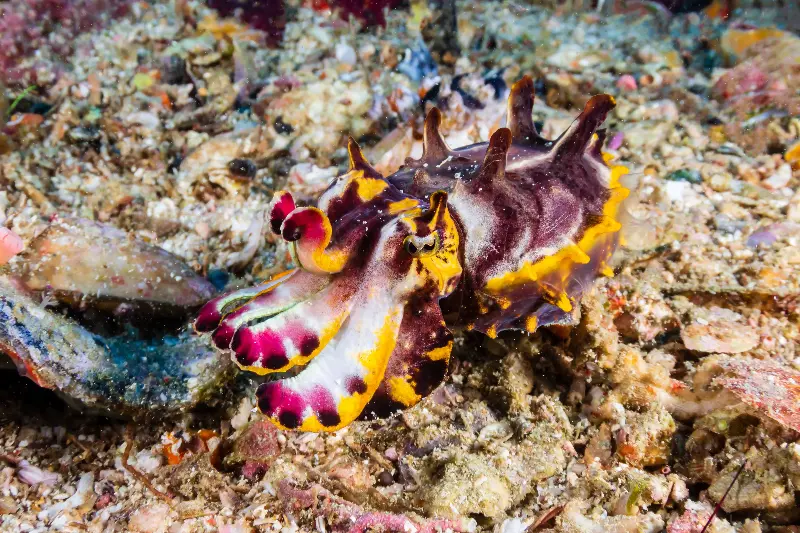
Don’t overlook the parrotfish, whose scales look as if painted by hand. With vivid pinks, blues and greens, a single parrotfish brightens up an entire coral garden. These herbivores play a crucial role: as they nibble the reef’s algae, they contribute to the health and balance of the entire ecosystem.
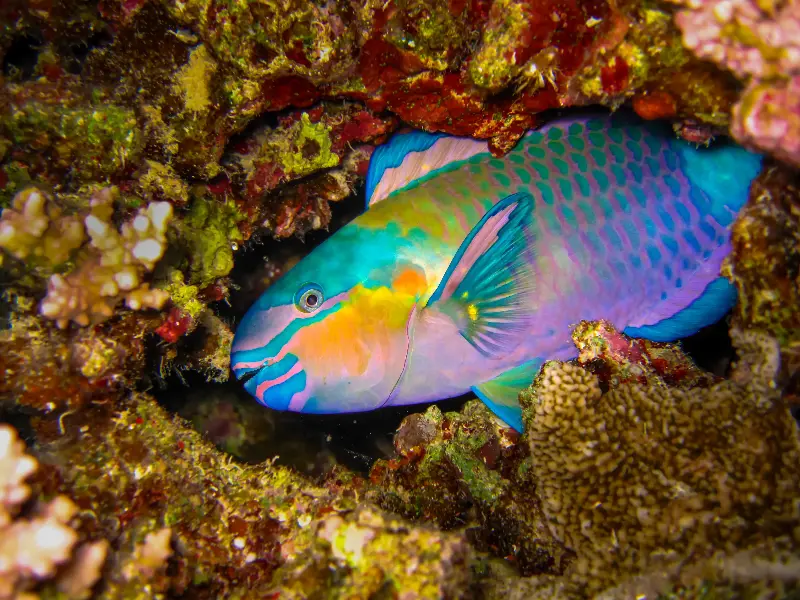
The Role Of Colour In Survival And Attraction
Why do these exotic animals wear such spectacular coats of many colours? Colour in nature isn’t random—each pattern tells a story. Some, like the poison dart frog or mandarinfish, use colour as a bold warning: “Don’t eat me!” Others, like peacocks or birds of paradise, use their hues to attract the perfect partner. For many butterflies and fish, dazzling colours are essential for finding and courting mates.
Camouflage is equally vital. The leaf-tailed gecko of Madagascar is a master of disguise, vanishing against mottled bark despite its wide palette of smoky greys and autumnal oranges. Some reef fish, such as the clownfish, blend into vibrant sea anemones, hiding from predators in plain view.
Scientists also believe that many animals evolved their colouration to signal fitness and health. Only the fittest, strongest individuals can grow the brightest scales or feathers, making these traits reliable cryptograms in the jungle’s secret language.
